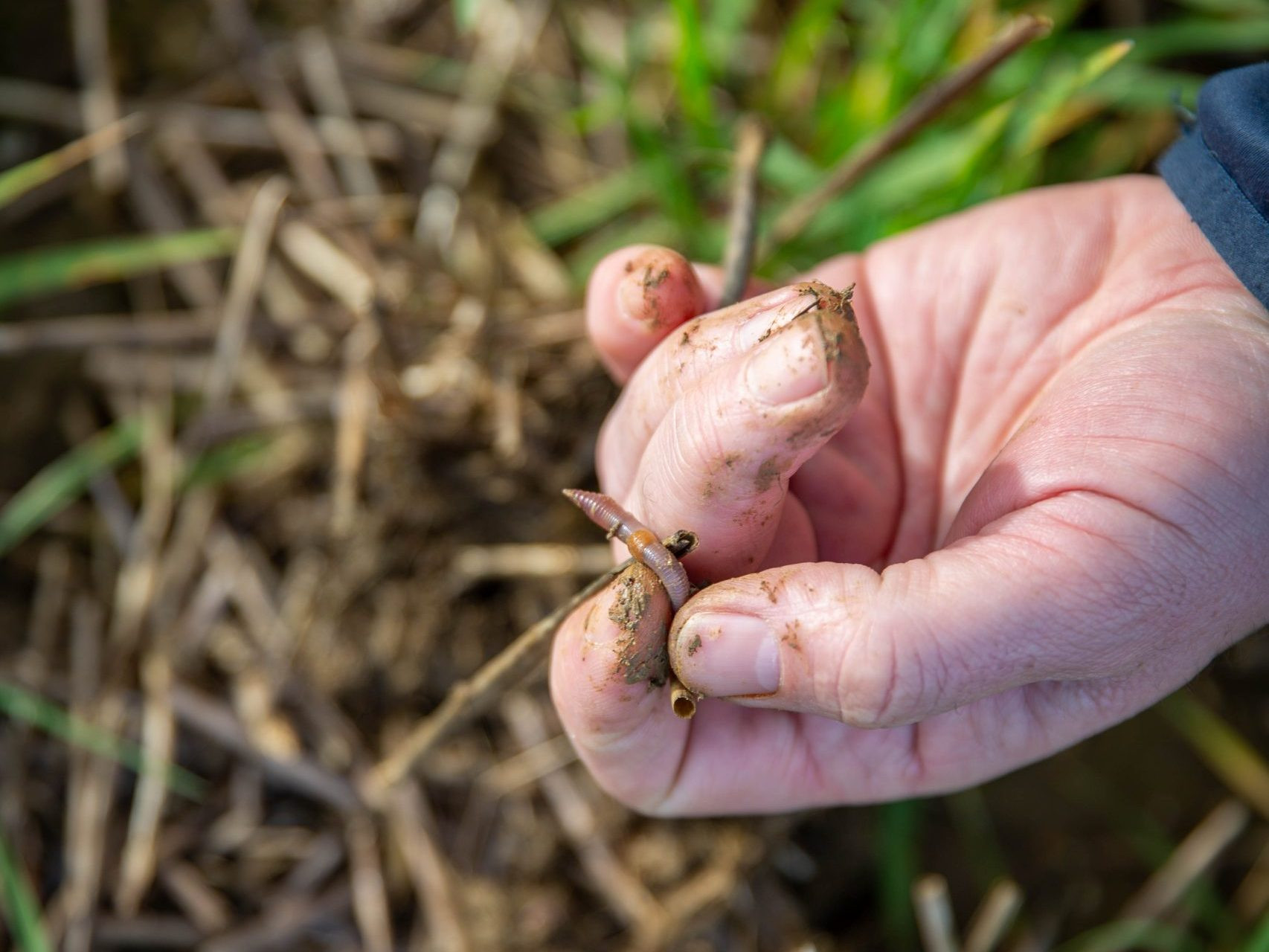News
It's the numbers that count
15 October 2024
Are tonnes, litres or kilos produced the best indicator of success on farm? Are there other ways to tell how well things are going? Sophie Britch, AF Communications Manager, digs deeper to examine whether tonnage really is the ultimate triumph.
In a year when yield has taken a tumble (UK cereal output now reported to be 3m tonnes down on five-year average) and input costs stay high the financial viability of arable farming can look shaky. And with livestock enterprises worried about implications of Blue Tongue disease, and changes due to the climate crisis the future of livestock farming can look bleak. Not surprisingly, more farmers are gauging success (or not) of their farming business not by output, but by the margin they make over their costs of production.
We’re seeing a growing number of our 3,000 farmer Members cutting costs by spending less or differently. They’re choosing to use fewer inputs and ensure what they do use is targeted to achieve maximum margin. For example, AF Member Jake Freestone in Gloucestershire has changed how he farms. The result? He’s reduced fuel consumption per hectare of wheat established from 53 litres of diesel to just 17 litres.
We have livestock-rearing Members switching to more investment in disease prevention. For example, AF Member Richard Twose, who farms a herd of 420 pedigree Holstein cows in extreme West Wales, has increased use of vaccines. The result? He’s seeing healthier cows, relies less on routine wormers and antibiotics and notices environmental benefits, for example more dung beetles and nematodes which are enjoyed by farmland birds.
Recent warnings about collapse in butterfly numbers from Butterfly Conservation, further decline in farmland birds and multiple threats to native species of trees are bad news for us all.
The new profusion of wildflowers on some farms shows the growing popularity of the Sustainable Farming Incentive, which rewards farmers for protecting and even enhancing nature. But again, the truth is to be found in actual numbers.
Monitoring certain species is the best indicator of how successfully farms are creating or maintaining optimum habitats and the species that will thrive in them. And even give a financial boost to crops or livestock.
In Suffolk, AF Members Patrick and Brian Barker acknowledge the importance of their farm’s ecosystem: the arable system supports farm wildlife and vice versa. One step they’ve taken is to create flowering margins around (and in middle of) arable fields, to favour beneficial predatory insects including spiders, beetles and hoverflies, who feast on crop-eating aphids and reduce pest damage to crops.
A few miles to the north, on the Norfolk border, AF Member James Bucher swears by worm count for how well things are going on his farm. He discovered that 16 worms in a spadeful of soil was his target. He changed his farming practices to improve soil structure and increase worm count. And yes, he reports that with worms and other measures his financial margins are better too.
At our AF AGM last month, we reported our own indicators of success with our AF Members. From our progress harnessing new technology, working efficiently – not just doing things right but doing the right things - to streamlining what we do and spending carefully.
And that’s, to be honest, what every good rural and farming business needs to do to thrive into 2025.
Britch S. 2024. How do you tell how well your farm is performing? Page 36. East Anglian Daily Times. 5th October.